Radiometric Calibration Chain Design Based on Uniform Collimated Laser Source
Liwei Sun, Xin Ye, Wei Fang, Zhenlei He and Yupeng Wang,
(1.Changchun Institute of Optics, Fine Mechanics and Physics, Chinese Academy of Sciences, Changchun 130033, China;2.University of Chinese Academy of Sciences, Beijing 100049, China)
Abstract: A uniform collimated laser source, composed of the integrating sphere source and the off-axis parabolic, is designed. The calibration process is analyzed theoretically, and Monte Carlo ray tracing method is used to simulate and analyze the design model. The results show that when the calibration source is composed of an 8cm diameter integral sphere,10mm diameter exit port, and 1 000 mm focal length, and an off-axis angle 60° parabolic mirror, the maximum divergence angle is 7.5mrad and the uniformity of irradiance is 99.31%. Finally, the uncertainty of radiometric calibration process is analyzed, and the calibration accuracy of 0.335% for imaging spectrometer can be achieved by using the radiation calibration laser source.
Key words: transfer radiometer; radiometric calibration; laser source; uniformity
In recent years, global warming and earth observation with high resolution and extreme disaster forecast have become a hot topic. Therefore it has become more important to improve the accuracy of earth remote sensing data[1]. High accurate calibration for hyper-spectral imaging spectrometer ensures the validity of the data. There are two on-orbit calibration methods at present. One is based on standard source such as standard lamps[2]and the other introduced the solar radiation into remote sensors for calibration through a diffused reflection device[3-5]. The error of on-orbit calibration using the standard source method is about 5%; therefore, it is difficult to satisfy the demand for calibration accuracy. In the 1990s, cryogenic radiometer was developed successfully and reached an accuracy of 0.01%-0.02%. At present, it has been widely used in ground calibration devices. For example, the SIRCUS system has an accuracy of 0.3%[6]. Therefore, the research trend of the radiometric calibration is to use the cryogenic radiometer as the first standard and the transfer radiometer as the second standard. The cryogenic radiometer is a device for measuring total power, but the imaging spectrometer measures spectral radiance. Thus, a suitable monochromatic source is needed. There are two main ways to obtain a monochromatic source: one way is light splitting using as a monochromator[7], a filter and so on. However, these devices will introduce some error sources in the process of calibration. The other way is to use the monochromatic light source as the calibration light source. For example, lasers[8]can be used as on-board calibration source. There is also a high-precision calibration method used in the ground,but because of the limit of space environment, we need to design a uniform collimated laser source[9].
Standard transfer chain for radiometric calibration[10-11]based on space cryogenic absolute radiometer is as follows: cryogenic absolute radiometer—transfer radiometer—diffusing panel—imaging spectrometer. In the above standard transfer chain, the diffusing panel under solar radiation is the most common radiation source for the detector-based imaging spectrometer calibration. The radiance of the diffusing panel is calibrated by the transfer radiometer, thus the imaging spectrometer’s responsivity can be obtained by measuring the radiance of the diffusing panel. The space environment, however, is more complex. When the diffusing panel is exposed in the cosmic environment, it will be seriously affected by cosmic rays and particles[12]. For example, the solar diffusing panel on the MODIS satellite degraded by 20% at 470 nm in 5 years[13]. In this paper, we introduce a calibration chain design based on uniform collimated laser source for SI-traceable on-orbit spectral radiometric calibration.
1 Radiometric Calibration
In order to meet the requirement of refined analysis of earth remote sensing data, Changchun Institute of Optics, Fine Mechanics and Physics, Chinese Academy of Sciences(CIOMP) established the SI-traceable on-orbit calibration transfer chain based on uniform collimated laser source.
1.1 Standard transfer chain for radiometric calibration
The standard transfer chain for radiometric calibration is shown in Fig.1. This main transfer chain is divided into two parts. First, the space cryogenic radiometer calibrates the transfer radiometer and measures the output power of the laser, and then the transfer radiometer measures the power. The power responsivity of the transfer radiometer is calibration by the ratio of their output signal (V). Second, the transfer radiometer calibrates the imaging spectrometer. The output light of the laser is converted from Gaussian beam to lambertian source and then collimated by an off-axis parabolic mirror. The light from the off axis parabolic mirror is uniform collimated monochromatic light, which is used to illuminate the diffusing panel. The transfer radiometer and hyper-spectral imaging spectrometer simultaneously measure the radiance of the diffusing panel.
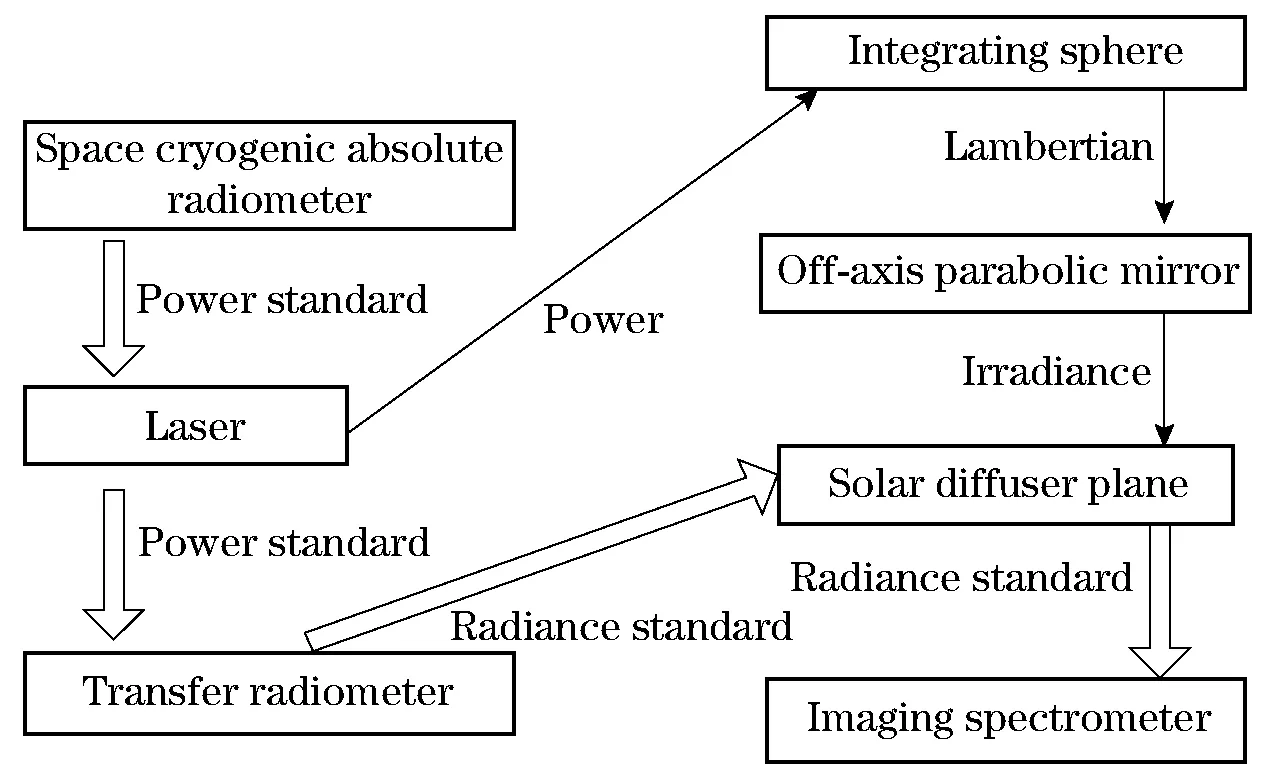
Fig.1 Standard transfer chain for radiometric calibration
1.2 Transfer radiometer
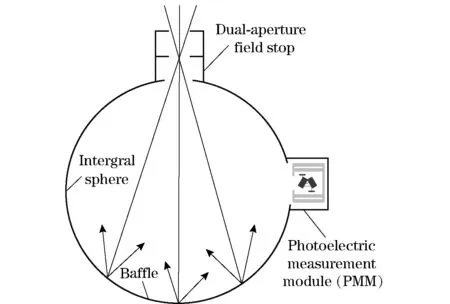
Fig.2 ISTR schematic of configuration and principle
The Transfer radiometer which is shown in Fig.2 is composed of a integral sphere, a dual-aperture field stop and a photoelectric measurement module (PMM). The photoelectric measurement module is mounted in front of one of the integral sphere exit ports. It is composed of silicon and InGaAs trap detectors and a signal control circuit. The transfer radiometer receives the light output from the laser which its output power traced to the cryogenic radiometer. The power responsivity of the transfer is obtained.
NTφ=RGφcRsφΦ
(1)
whereNTφis the measurement results of the transfer radiometer,Ris the effect of nonlinearity of detector power responsivity accuracy,Gis the effect of gain of the transfer radiometer,φcis the chopper power measuring accuracy,Rsφis the power responsivity of the transfer radiometer,Φis the input spectral power.
The power-to-radiance conversion is completed by a dual-aperture field stop[14-15]as
(2)
whereRsφ(λ) is the power responsivity of the transfer radiometer,RsL(λ) is the radiance responsivity of the transfer radiometer,d1is the diameter of the aperture close to the entrance port of the integral sphere,d2is the diameter of another aperture andlis the distance between two aperture stop.
The filter radiometer will be utilized to measure the spectral radiance emitted from SDP under the uniform collimated laser radiation and is the main task of the ISTR system operating on-orbit.
1.3 Uniform collimated laser source
The radiometric calibration source system is shown in Fig.3. It consists mainly of an integral sphere and an off-axis parabolic mirror. The integral sphere produces lambertian source and the off-axis parabolic mirror is the key component which is used to collimate light.Lsrepresents the radiance at the exit of the integral sphere,rsis the exit radiance of the integral sphere,φis theoff-axis angle,fis the focal length,ρis the reflectivity of the off-axis parabolic mirror andAsis the area of the exit port.
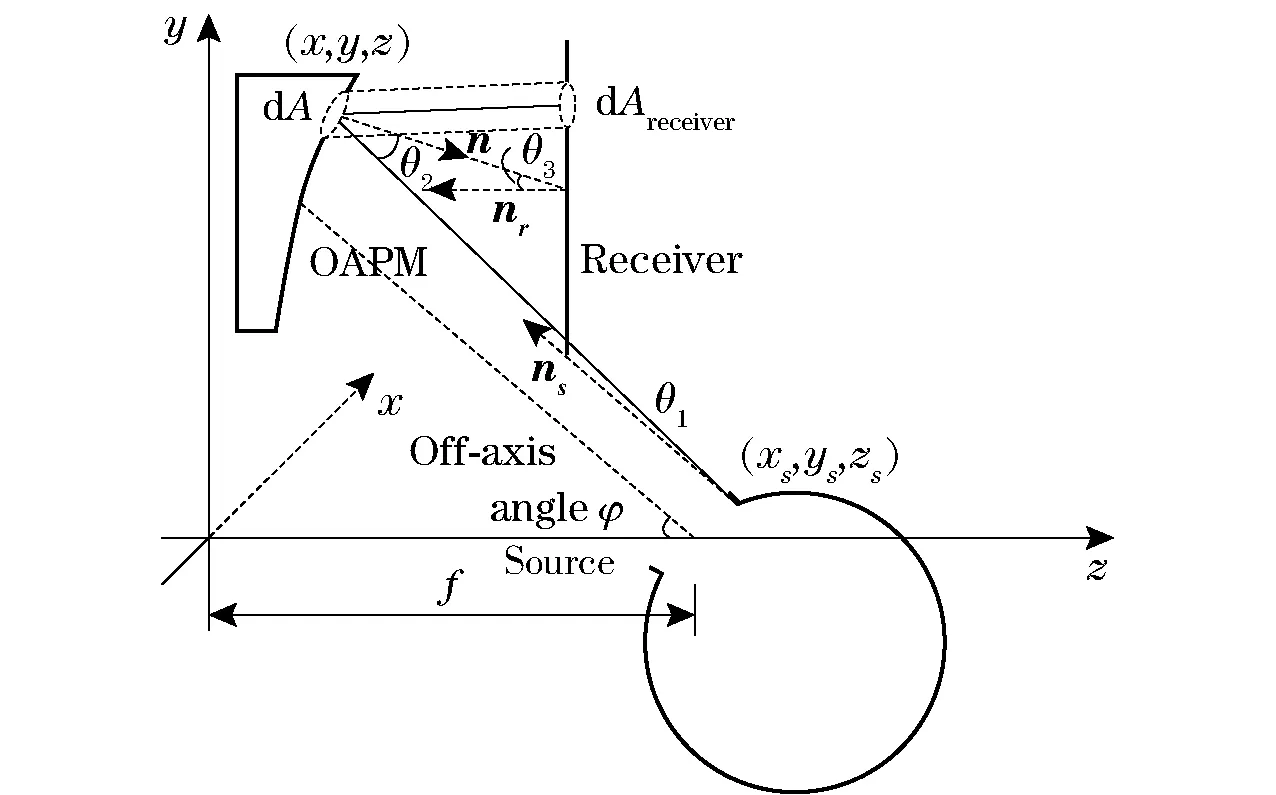
Fig.3 Structure diagram of calibration laser source
According to the irradiance transfer theory, the irradiance is calculated was
(3)
whereEis the irradiance on the bin of the off-axis parabolic mirror,ris the distance between the exit port and the off-axis parabolic mirror,θ1is the angle betweenrand the normal of the exit port,θ2is the angle betweenrand the normal of the off-axis parabolic mirror.Lsis the radiance of the exit port and dAsis the bin on the exit port of integral sphere.
According to the law of refection
ER=E/cosθ3
(4)
According to the vector algorithm, the above variables are calculated as
(5)
(6)
(7)

(8)
where (x,y,z) is the coordinate of point on the off-axis parabolic mirror, (xs,ys,zs) is the coordinate of point on the exit port of integral sphere andθ3is the incidence angle of receive plate.
Eq.(8) represents the irradiance of the diffusing panel , which is an integral expression. We can see that the irradiance of the diffusing panel is not uniform and is related to the diverging angle, focal length and the size of the exit port. Its analytical solution is difficult to solute but the size of the exit port is small compared to the focal length. So Eq. (8) is simplified to
(9)
The numerical integration of Eq.(9) is carried out using MATLAB, with a focal length of 1 000 mm and an off-axis angle of 60°. The output irradiance map is shown in Fig.4.
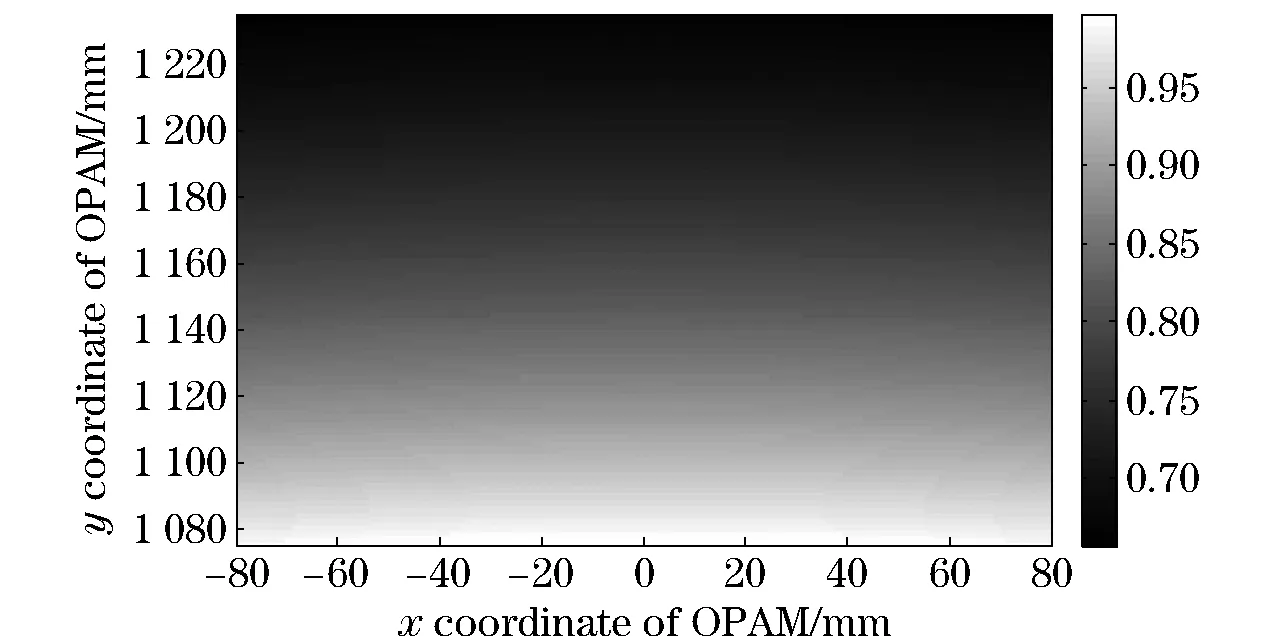
Fig.4 Irradiance distribution on the OAPM surface
The irradiance is related to the focal length and the off-axis angle. The analysis is based on the Monte-Carlo method. We simulate the irradiance at the exit port with optical software Light Tools. The result is shown in Fig.5a and Fig.5b and explain the irradiance on the acceptance surface.

Fig.5 Irradiance on the acceptance surface
The uniformity of the calibration source can cause acalibration uncertainty because of the mismatch of the field of view between the transfer radiometer and the imaging spectrometer. We analyze the uniformity of the irradiance on the receiving surface and a total of twenty million rays are tracked by Light Tools. In order to quantitatively analyze irradiance uniformity, we define irradiance uniformity as
(10)
whereEiis the irradiance of each cell on the accepted surface;Eis the average of irradiance on the accepted surface andnis the number of cells on the accepted surface.
We choose a flat part in the middle as the calibration source which illuminates the diffusing panel because edge irradiance changes greatly. The maximum relative error at the range of -10 mm-10 mm is 0.86%, the average relative error is 0.41% and the uniformity of irradiance is 99.31%. According to the requirements of the calibration field of view, the field of imaging spectrometer is 1.5 cm×0.4 cm rectangular and field of the transfer radiometer is a circle with a radius of 1 cm. The uncertainty which is caused by uniformity of irradiance on the diffuse plate is 0.16%.
σOAPM=0.16%
(11)
The above observation area data, referring to the United States HIS satellite data, proposed design indicators.
2 Overall System Uncertainty Analysis
The transfer radiometer and the imaging spectrometer simultaneously observe the diffusing panel, and then the calibration of imaging spectrometer is achieved. Firstly, the transfer radiometer measures the radiance of the diffusing plane, and the radiance responsivity of the transfer radiometer has been calibrated by the cryogenic radiometer. The calibration process is expressed as
NTL=RGρsLφcLSω
(12)
In Eq.(12),NTLis the output signal (V) of the transfer radiometer,Rexpresses the coefficients of spatial uniformity and nonlinear responsivity of a transfer radiometer,Gis the effect coefficient of different gain options for a transmission radiometer,ρsLexpresses the radiance responsivity of transfer radiometer,φcis the effect coefficient of the phase-locked amplifier system of the transfer radiometer,Lis the radiance which is measured by the transfer radiometer,Sis the area of the field stop of the transfer radiometer andωis the field of view of the transfer radiometer. Uncertainty components contribution to the radiance calibration of imaging spectrometer are calculated[16]in Tab.1.
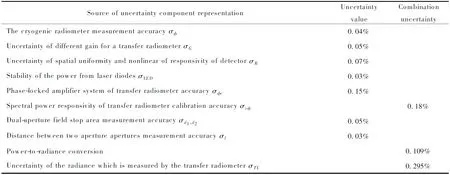
Tab.1 Uncertainty component contribution to the radiance calibration of imaging spectrometer
Therefore, the uncertainty of the radiance of the diffuse plate is
From the above analysis we can see that the calibration accuracy of imaging spectrometer is 0.335% and can be achieved by using the laser source designed above.
3 Conclusions
This paper introduces the space-based spectral radiation standard calibration transfer system which consists of laser and transfer radiance instruments. The system can measure the spectral radiance with the accuracy of 0.335%.
Aiming to work as the new generation of on-orbit radiance reference standard, the ISTR system innovatively adopts the combination of a cryogenic radiometer, a uniform collimated laser source, and a transfer radiometer. The ISTR system eventually achieves the SI-traceable on-orbit calibration of the spectral radiance based on the uniform collimated laser source through the appropriate design after careful consideration with advanced precise calibration technology. There is currently no such calibration transfer system. Along with the future research on the combination of SDP and on-orbit cryogenic radiometer, the ISTR system will build the SI-traceable on-orbit calibration chain for remote sensors in the visible and near infrared spectrum with high measurement accuracy.
 Journal of Beijing Institute of Technology2018年3期
Journal of Beijing Institute of Technology2018年3期
- Journal of Beijing Institute of Technology的其它文章
- Simplified Method for Joint Calibration of 3D Ladar and Monocular Camera
- Force Control of Electro-Hydraulic Servo System Based on Load Velocity Compensation
- Name Relevance and Contact Opportunity-Based Routing Strategy for Mobile Content Sharing
- Identification of Driving Intention Based on EEG Signals
- High-Speed Noise-Based Random Bit Generator by Removing 1/f Noise with Differential Comparison
- Numerical Investigation on the Features of Gasoline Mixture Flow Field with Rotary Jet Mixing
